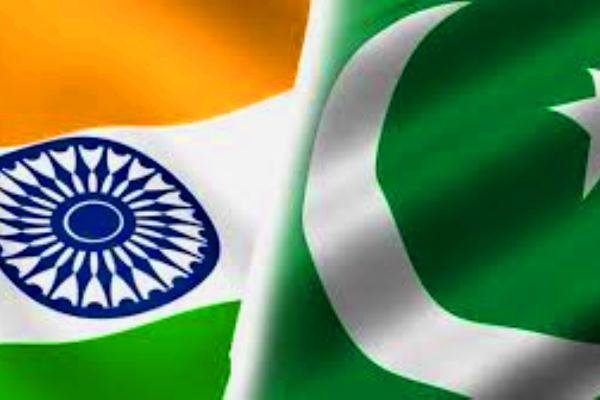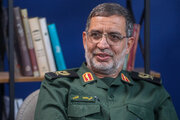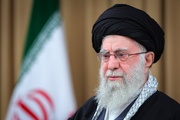While the two estranged nuclear-armed neighbors continue to flex their military muscle on the border and engage in blatant saber-rattling, it is the people of Kashmir, on both sides of the dividing line, who bear the brunt. To quote an oft-repeated phrase, they continue to live on the edge.
It’s not a new phenomenon though. The two countries have fought two of the three wars over Kashmir and cross-border attacks have been frequent since the partition of erstwhile British India in 1947. However, in recent years, the violations of the ceasefire accord the two countries signed in 2003 have increased sharply. According to conservative estimates, more than two thousand such violations have taken place since 2011 alone, which often have sparked political, diplomatic and military tensions.
Both parties have failed to holistically weigh the causes and consequences of recurring ceasefire violations and failed to take steps in order to prevent them. While India maintains that infiltration of militants from Pakistan is the prime cause of ceasefire violations, Pakistan stresses the longstanding bilateral disputes, especially the stalemate over Kashmir, are responsible. Experts believe the border flare-ups are seldom planned and local military factors and dynamics on the forward military positions are the main trigger for them. And these flare-ups have more often been the trigger of tension and conflict between New Delhi and Islamabad, jeopardizing the track-II peace parleys.
Almost seven hundred miles of approximately two thousand miles border dividing India and Pakistan run through the disputed Jammu and Kashmir region, the bone of contention between the two countries. In the absence of a formal treaty to manage the border, the two sides have often used it to flex their military muscle and settle old political scores. The Ground Rules of 1960-1961 is yet to be ratified and the 2003 agreement remains to be formalized, leaving enough room for the two armies to engage in saber-rattling and one-upmanship.
Several villages are situated along the border in the Kashmir region, some of them in close proximity of the fencing, making them more vulnerable. According to India’s Home Ministry, almost 600 villages are situated within five kilometers of the international border on the Indian side, and about 450 are prone to cross-border attacks.
The fear of border skirmishes morphing into a full-blown war between the two countries has often forced people living on the border to abandon their homes, leaving behind their belongings. Hundreds of civilians have died in cross-firing on both sides of the border over the years.
With the surge in intermittent exchange of small-arms and mortar fire along the border, the ties between the two countries have worsened in recent years. After an attack in Jammu city earlier this year, which killed seven Indian soldiers, India accused Pakistan of orchestrating the attack. Following the attack, India’s defense minister warned Pakistan that it “will pay for its misadventure”. It came weeks after the Indian Army Chief said the Indian forces were ready to call Pakistan’s ‘nuclear bluff’ and cross the border to carry out any operation if asked by the government.
The accusations and counter-accusations that followed escalated the situation. It led to a wave of violence across the heavily-militarized de facto border, which claimed dozens of lives, including civilians, soldiers and suspected infiltrators. New Delhi and Islamabad summoned each other's envoys many times after that, accusing each other of repeatedly violating ceasefire. While Pakistan warned that ceasefire violations by India may lead to a “strategic miscalculation”, India maintained that Pakistan’s violation of ceasefire was against “established humanitarian norms and practices”.
As observed in the past, a series of ceasefire violations often result in a major incident, which eventually jeopardizes the already fragile peace process. In September 2016, India publicly announced a “surgical strike” had been carried out across the border to destroy “terrorist launch pads” on the Pakistani soil. Ever since, ceasefire violations have witnessed a sharp upswing, which proves that the “surgical strike” had impact on the border situation and resulted in heightened tensions and more ceasefire violations.
The September 2016 surgical strike came months after the grisly attack on an air force station in Pathankot, which India blamed on Pakistan. Before the Pathankot attack, the two countries had made sincere efforts to resurrect the peace process and open a new chapter in their bilateral relations. The attack, which left seven Indian soldiers died, derailed and damaged the peace process.
Experts, however, explain that the peace process in itself is not enough to prevent ceasefire violations and vice versa. The situation on the ground, popular mood in the country, and dynamics on the frontlines are major determining factors. Therefore it is necessary to understand both causes and consequences to prevent ceasefire violations and prevent a possible war.
To effectively address the issue of ceasefire violations, it is important to formalize the 2003 ceasefire agreement, ratify the India-Pakistan Ground Rules Agreement of 1961, make efforts to develop joint SOPs, completely ban the construction of new military installations and to make sincere efforts to resolve the larger political conflict over the disputed Kashmir region.
In May this year, in a major breakthrough, senior military officials of India and Pakistan agreed to restore peace along the line of control by agreeing to honor November 2003 ceasefire agreement. It remains to be seen if words will be translated into action.
MNA/TT


























Your Comment